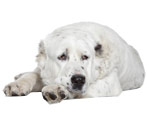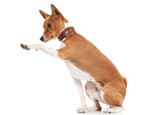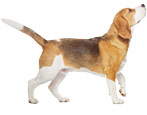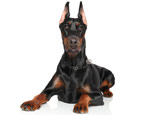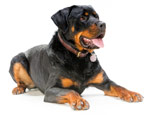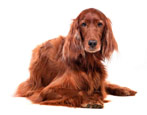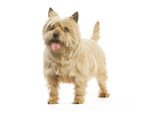Pointing dogs: description of species and secrets of content

Dogs are mostly demanded by humans as pets. However, there are breeds whose main function is hunting. Pointing dogs are loyal and intelligent animals, whose vocation will be to accompany a person when catching an animal.

Peculiarities
Dogs of this variety have been actively used by humans since ancient times. This trend was relevant not only for Europe, but also for Russia. The main task of the animals was to track down game or other wild animals, as well as to "feed" them to the hunter. This function is common for all Pointing Dogs, however each breed is specialized in working in different areas. That is, there are dogs that can perform assigned tasks only on land, others work in water, some four-legged hunters are able to combine both.
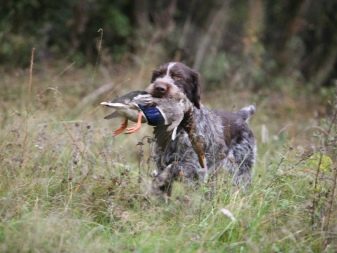

It should also be noted that Pointing Dogs can be kept not only for one hunt, but for many other functions, including guarding property or a person.
The unifying features for such animals are:
- loyalty to its owner;
- high intellectual abilities that facilitate the training process;
- complaisance;
- animal endurance;
- aggression towards prey or a potential intruder;
- in dogs, it is rather difficult to develop relationships with other animals, especially birds and small rodents;
- almost all cops require special training to work in a group.

All varieties of hunting dogs stand out for their irrepressible passion.when it comes to finding and catching game.As a rule, individuals of any sex are able to overcome serious distances while maintaining clarity of mind, even a long chase does not prevent them from instantly switching to the execution of another command. All varieties are of a balanced disposition from birth.... Usually animals are allowed to hunt closer to 7-8 months.
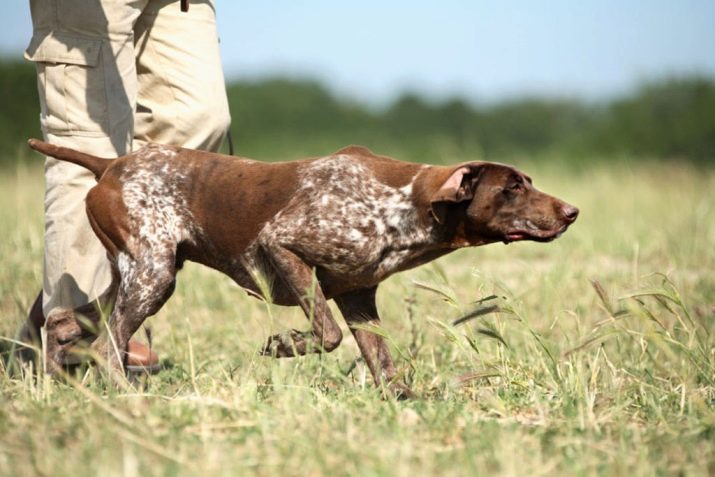
All types and breeds of Pointing Dogs belong to the 7th group in the ICA classification. Today there are many different breeds of dogs that, according to the description, will fit into this group.

However, not all animals have received international recognition due to their small numbers or other important circumstances.
Breeds
The cops are divided into two broad categories:
- continental;
- island.


The first category today includes about 35 breeds of dogs, all of them have received official registration of dog handlers, have approved standards of compliance. Among the most demanded animals, there are several worth highlighting.
German shorthair
European breed of short-haired dogs whose characteristics are constantly being improved by breeders. The second name of the breed is the German shorthaired pointer. A notable feature of cops is the preservation of their skills until a ripe old age.

Kurzhaar - a large short-haired pet, its height can reach 65-66 centimeters. The animal will have a slender and lean constitution, it is considered a universal breed in the rating of cop dogs, in the light of the fact that it is able to work not only on land, but also in water.
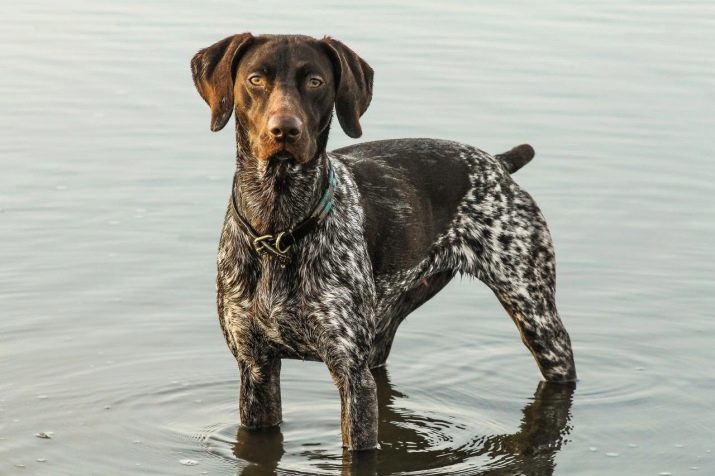
These dogs can hunt and swim even in cold weather, because they have a hard coat.
Drathhaar
Another Pointing Dog of German origin, which has been used for hunting since the 19th century. It will be smaller than the animals described above, can work with game birds, sometimes it is used when hiking wild boars.

Hungarian
This breed includes two types of hunting dogs - wire-haired and short-haired. Animals stand out not only for their endurance and maneuverability at work, but also for their attractive exterior. Pointers retain their energetic and friendly attitude towards humans until old age, are supportive of children, lend themselves well to training, but if the breeder shows aggression, the pet may experience serious behavioral disorders.

Italian marriage
A large hunting dog, which is most often used for hunting birds. Pets of this breed are very well trained in commands and training for game, but activities with the animal should be regular. When keeping an Italian Pointer the main thing is to have free space where the pet can release its energy in motion... Such a nuance will allow you to avoid losing control of the four-legged assistant on the hunt.
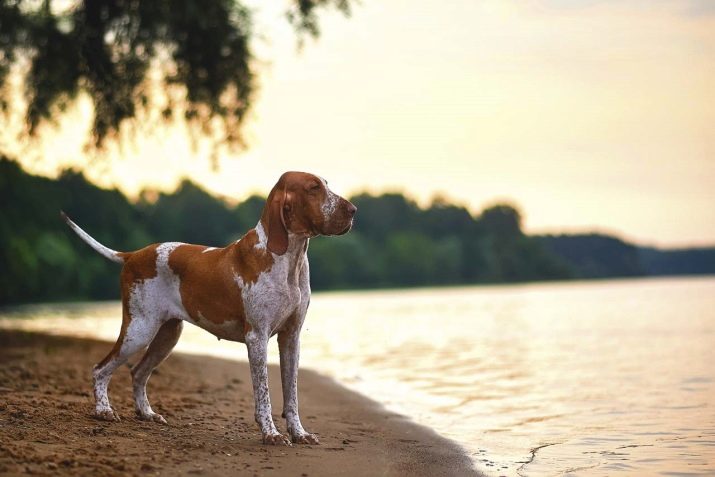
Weimaraner
A popular breed of cops that can work with a person not only on a hunt, but also act as a watchman, participate in search activities. Dogs can be smooth-haired and long-haired, do not stand out with excessive aggression, are active at any age, and are suitable for keeping in the conditions of country houses.

The category of Island Pointing Dogs is represented by the following popular breeds.
English Pointer
A large hunter who is notable for his unique flair, beautiful stance, and the ability to search for game at long distances. Such a dog appeared only in the 19th century thanks to the careful selection of amateurs of hunting breeds.
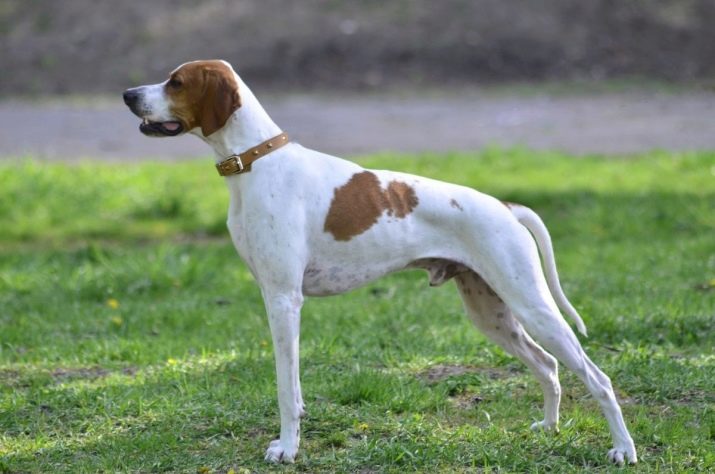
English setter
The most popular type of setters. The animal is of medium size, excellent sense of smell. Dogs are very loyal to their breeder, not prone to showing aggression towards people. Pets look attractive, have long hair, can be of different colors, including combined variations.

Small Munsterlander Pointing Dog
An excellent four-legged helper, capable of long-term tracking of prey, has an excellent stance, will be a breeder not only an irreplaceable companion on the hunt, but also a loyal companion in everyday life. The small dog began to be used for hunting two centuries ago, but has already earned an excellent reputation.

Irish Setter
The dog looks very athletic, has a strong bond with its breeder, has an attractive exterior and a good hunting instinct. In Europe, the animal has been used for hunting since the 17th century. A versatile cop who can live in a country house, but will need long and active walks.
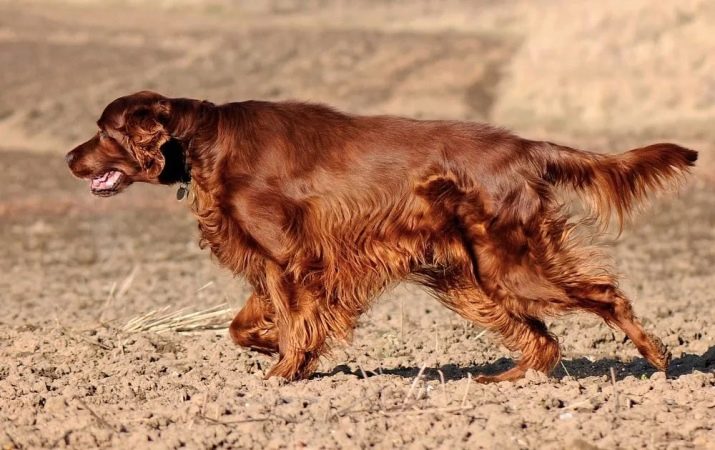
It is forbidden to keep the animal on the chain. The dog is in great contact with children.
How to choose a puppy?
Breeders of hunting dogs should be aware that the basic qualities of animals are present from the very birth. However, they need to be developed and directed in the right direction. When choosing a dog for hunting, first of all, you need to study the characteristics of the breed you like, since they are usually divided into universal ones, suitable for searching for game in water and on land.
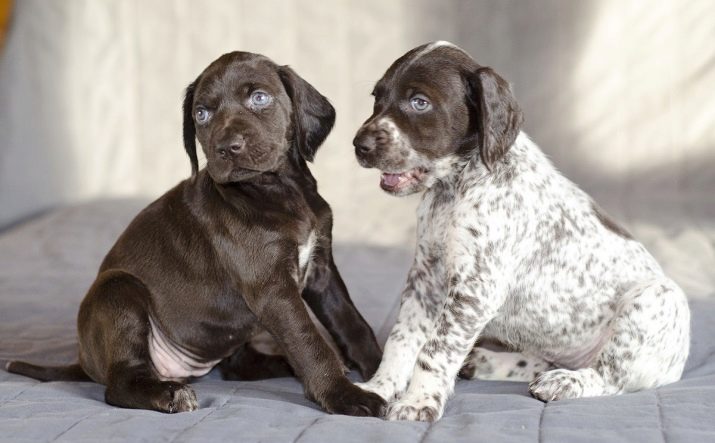
Considering existing breeds, your preferences should also be based on the further maintenance of the animal. So, there are cops who simply cannot live in a city apartment, since they need space and physical activity. An important factor will be the size of the dog for the convenience of keeping.

In this matter, it can be taken into account that males are often more in weight and height than females of the same breed.
When purchasing not only a beloved pet, but also a faithful assistant on the hunt, it is worth stopping at a reliable nursery. It is unlikely that it will be possible to get a good cop at the “bird market”. Online shopping is also not worth considering. When choosing, you should personally visit the nursery, evaluate the situation and the maintenance of the animals. Ideally, see the parents of the puppy you like. The emphasis should be on the behavior and health of the pet in order to exclude the presence of congenital ailments.

Pointers - dogs for aesthetic hunters... They are graceful, stand out with an excellent sense of smell, but in search of wounded animals they can be inferior to other four-legged ones.
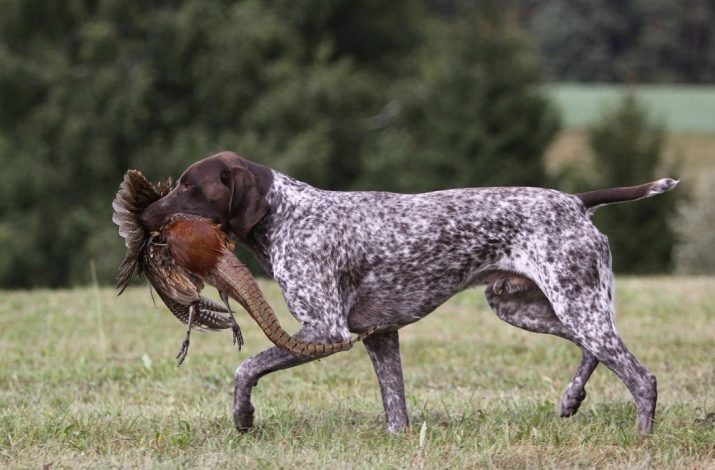
Spaniels and Russians are most commonly purchased to handle game birds, including land and water.


Kurzhaars, Setters, Drathhaars and the Navarre Pointing Dog combine almost all the qualities of hunting dogs, therefore they are more popular.

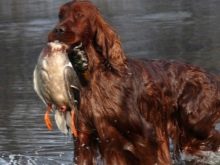

Maintenance and care
For this group of animals, there are a number of recommendations for keeping.
- It is best to keep the animals in the yard, making an additional dry and warm booth for the animal. Instead of a traditional shelter, you can use a small outbuilding, a barn. It is important that in a booth or room, the pet can protect itself from the heat in the summer months, and in winter it does not freeze while inside.

- Don't use a pet chain. However, in case of emergency, it should be long and light, but made of durable raw materials.

- You need to walk with the cop every day. The optimal time for a walk is 1.5-2 hours in the morning and in the evening.

- When outdoors, it is best to use regular straw as bedding for your dog. However, it is subject to frequent changes. The grass layer should be changed at least once a week. It is recommended to disinfect once a month in the room where the dog lives. Breeders usually treat surfaces with a creolin solution.

Animal excrement must be removed daily.
- If the cop lives in an apartment, then she should have her own personal place where no one will disturb her. You can use a small mattress as a bed. The animal must be accustomed to its place. Daily walking for exercise needs and physical activity will be a must. For animals living in urban apartments, outdoor activities can be increased.

Dog grooming comes down to hygienic procedures concerning wool, organs of sight and hearing, clipping of claws. Coat activities will depend on the type of coat of the animal. As a rule, you will need a brush or stiff mitten for combing out.

Ears and eyes are subject to daily examination; if contaminated, they must be removed with a cotton pad soaked in water or hydrogen peroxide. Routine treatment of dogs from blood-sucking insects is carried out monthly. To do this, the animal must be washed in warm water with the addition of creolin, and then washed off with shampoo.

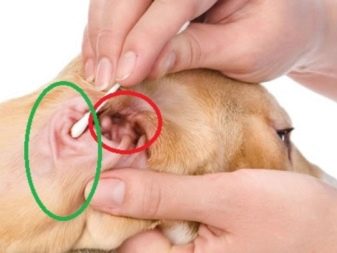
The cops need regular training, otherwise the animal will become lazy, gain excess weight, lose its scent and stamina.
What to feed?
Diet will play a fundamental role in a dog's lifespan and performance. It is important that the cops get plenty of carbohydrates and proteins from their food. An approximate daily menu for an animal will consist of:
- 500 grams of fish or meat;
- 400-500 grams of cereals;
- 300 grams of vegetables;
- 2 grams of salt.



Do not forget about the drinking regimen. The dog's water should be freely available. For lactating bitches, the daily food volume is increased by a third, and the dog is also given milk.

It is important that the portions are at room temperature, and it is better to organize meals after a walk or work, but not earlier than after 30 minutes, so that the pet can rest a little.
During the hunting season, the feeding schedule will be adjusted to the frequency of the pet's work, an increase in portions is allowed. As a rule, hunters feed the dog an hour before leaving, but offer it a small portion, later the cop gets food during the day on vacation and in the evening after rest and hunting.

Training
Training is a mandatory requirement for the content of cops. The movement will ensure proper blood circulation in the animal's body, strengthen the muscle corset. Without regular training, the animal will not be able to do its job on the hunt.

The breeder regulates the duration of training, taking into account the condition of the dog. The first lessons are carried out without undue stress, and pets who have recently suffered a disease also need gradual training.
The task of the breeder is to teach the pet the basic commands, conduct training sessions for the game, and study the basic stands-signals with the animal. Inexperienced cop owners are advised to resort to the help of experienced dog handlers for training.


List of nicknames
For cops, nicknames are selected based on the following points:
- pedigree;
- consonance of the nickname;
- the nature of the animal;
- exterior of a cop.
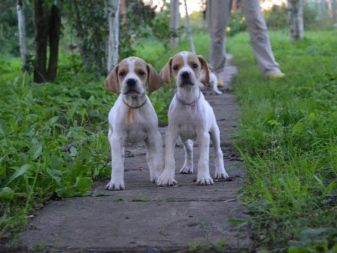

Taking into account the origin of the puppy, his nickname must begin with the letter that ended with the nickname of one of his parents.
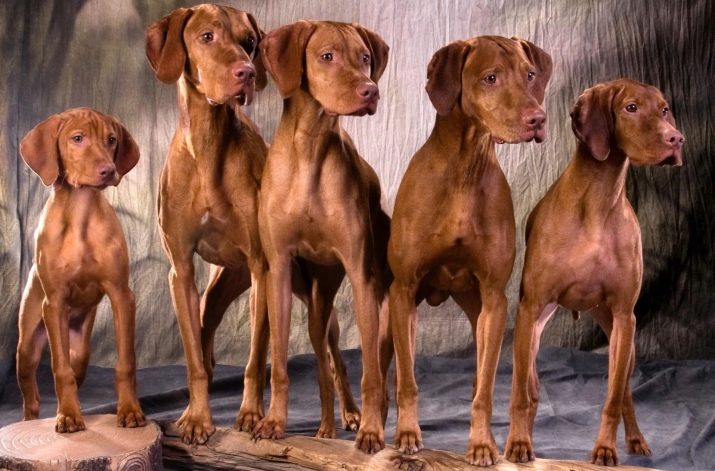
Sound is important when hunting. If the nickname will consist of several letters, it will be more convenient to pronounce it in order to give a command. The dog can be called Ray, Oma, Bib.
Having highlighted the main feature of the animal, it will be possible to come up with an appropriate nickname, for example, Iskra, Bullet, Shaly.
The look will also help you decide on a nickname. It can be Kai, Gray, Dandy, Tail.






For the characteristics of the character of cop dogs, see the video below.


